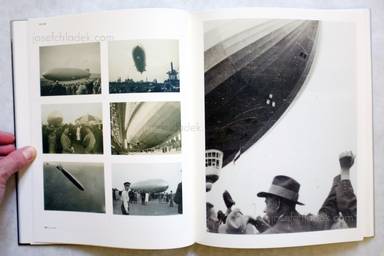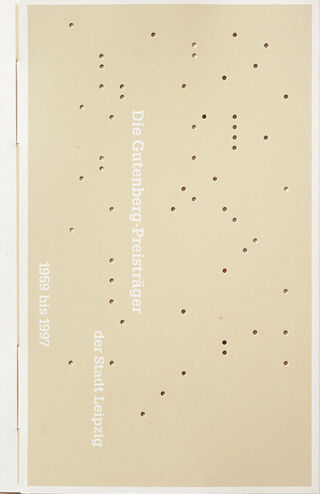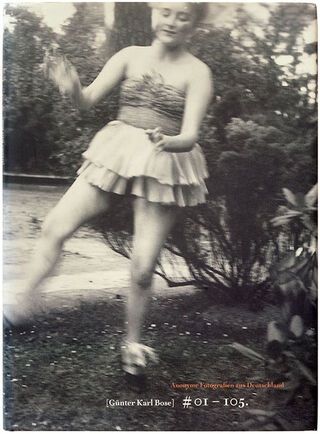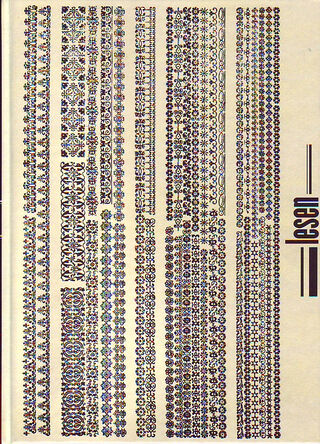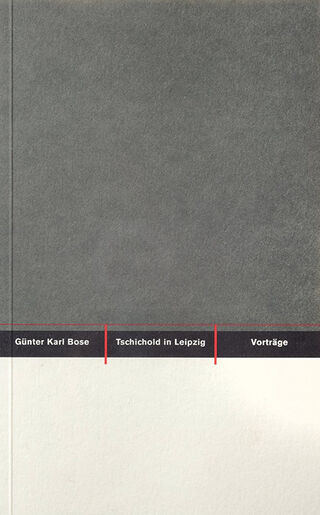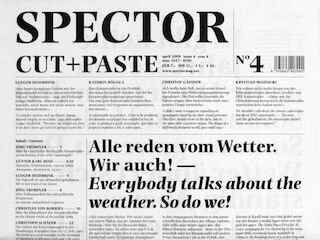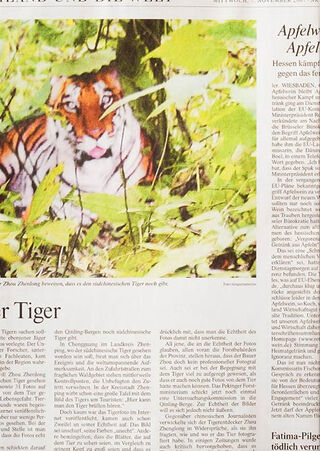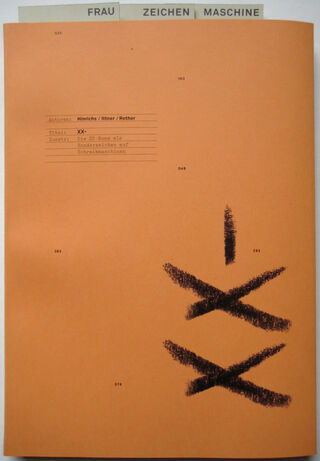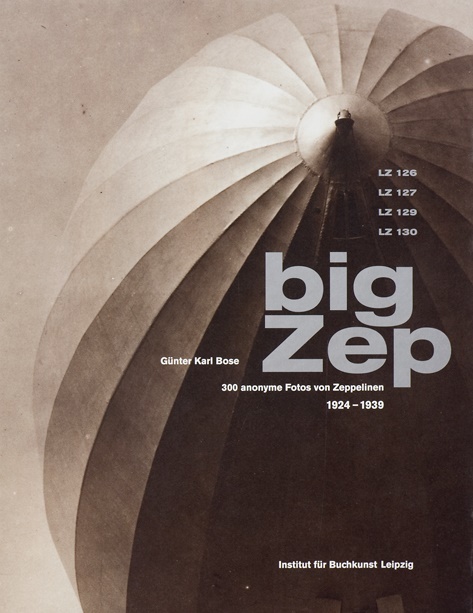
Big Zep. 300 anonyme Fotos von Zeppelinen 1924 - 1939
Rare BookA new publication from the Institut fur Buchkunst in Leipzig by Gunther Karl Bose called Big Zep celebrates in 300 images made from 1924 to 1939, the short history of these great airships. Gunther Karl Bose, the fine graphic designer and bookmaker
has created many projects dealing with different types of archives; his book Photomaton contains over 500 early German photobooth portraits between 1928 and 1945; and Lesen with amateur images of people reading. All of his books share a love of the amateur anonymous photograph matched with his fine design treatment.
Most of his subjects are also linked through the time period in Germany history that coincides with the rise of the Nazis. The images in Big Zep, amateur snapshots culled from photo albums throughout Germany, are no exception. After Graf Zeppelin developed his airships in 1900, they were seen as a potential weapon of war and air dominance.
In 1924 they became a symbol of world travel as zeppelins were the first to fly passengers regularly over the Atlantic to destinations Rio de Janeiro and the east coast of the United States. In the Nazi period, they became a symbol of national pride and were used for propaganda purposes to fly over major cities playing marching music and recordings of Hitler’s speeches. By then, the military had recognized that they were no match as a weapon to smaller, faster and more agile fighter planes that could easily defend against them.
Their final slide from history came in May 1937 when the Hindenburg (Airship LZ-129) burst into flames while mooring in Lakehurst, New Jersey. That disaster effectively ended their use for passenger travel. The only remaining use is sadly by much smaller dirigibles that fly over cities to advertise Fuji Film or provide overviews of sports stadiums during American football games.
With 300 photographs one might think how a book sustains an interest but this relatively thin volume keeps the pace and remains fascinating till the final pages which provide all of the statistics, travel schedules and histories of the four main ships featured in the photographs (LZ-126, LZ-127, LZ-129 and LZ-130). Highly recommended."(Jeffrey Ladd)

